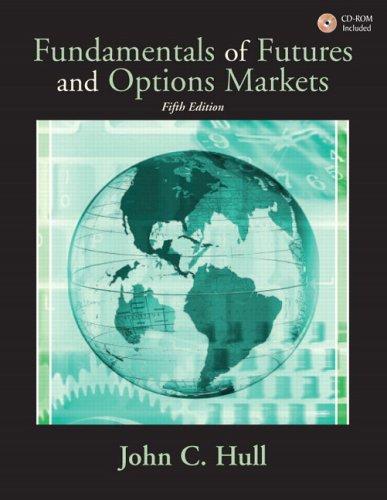which of the following hypotheses explains the data best?
Hi there. Hope you are keeping well. I just wanted to give you an update on the progress so far of our app Initiative. It has got off to a somewhat difficult start as you can see but we are confident that the upcoming update when released, will solve some of the technical issues that we've been having. This should reduce the volume of IT complaints and increase the number of users using the app. We're currently under budget with a total development spend of 5417150 As you know this app is a direct replacement for a commercial solution (Ksort) which we were paying around $30.000 in licences per month to support. In a simplistic sense, we will be "breaking every on the cost of this new app in just over a year, which is great news. However, this is not just a cost saving exercise. This app has a purpose and our biggest priority is of IT complaints and increase the number of users using the app. We're currently under budget with a total development spend of $417,150, As you know this app is a direct replacement for a commercial solution (Ksort) which we were paying around $30,000 in licences per month to support. In a simplistic sense, we will be "breaking even" on the cost of this new app in just over a year, which is great news. However, this is not just a cost saving exercise. This app has a purpose and our biggest priority is ensuring that our users are at least as happy with the new solution as they were before As a bit of background on the attached data: App users who give a User Rating of 1 or 2 are classified as "Unsatisfied" App users who give a User Rating of 4 or 5 are classified as "Happy" Hope this helps provide some clarity on where we are. . Speak soon 1 Breakdown of App Users by Department - Months Percentage of Total App Users by Department 10% 18% 209 Number of App Users, By Month 00 75 350 Number of IT Complaints By Month 1,200 ONIT 1100 000 O TO M I Percentage of Users Giving Specific App User Rating Scores, By Month 404 40% 35% 30% XX 30% 20% 20% 2014 20% 20% 19% 15% 15% 15% 10 10% 10 5% Which of the following hypotheses explains the data best? There is a consistent negative correlation between the number of users and the proportion of Happy users There is a negative correlation between the number of users and the number of it complaints There w a positive correlation between the number of users and the proportion of Unsatisfied us There is a negative correlation between the number of users and the proportion of Unsatisfied users There is a positive correlation between the number of users and the proportion of "Hapoy's













